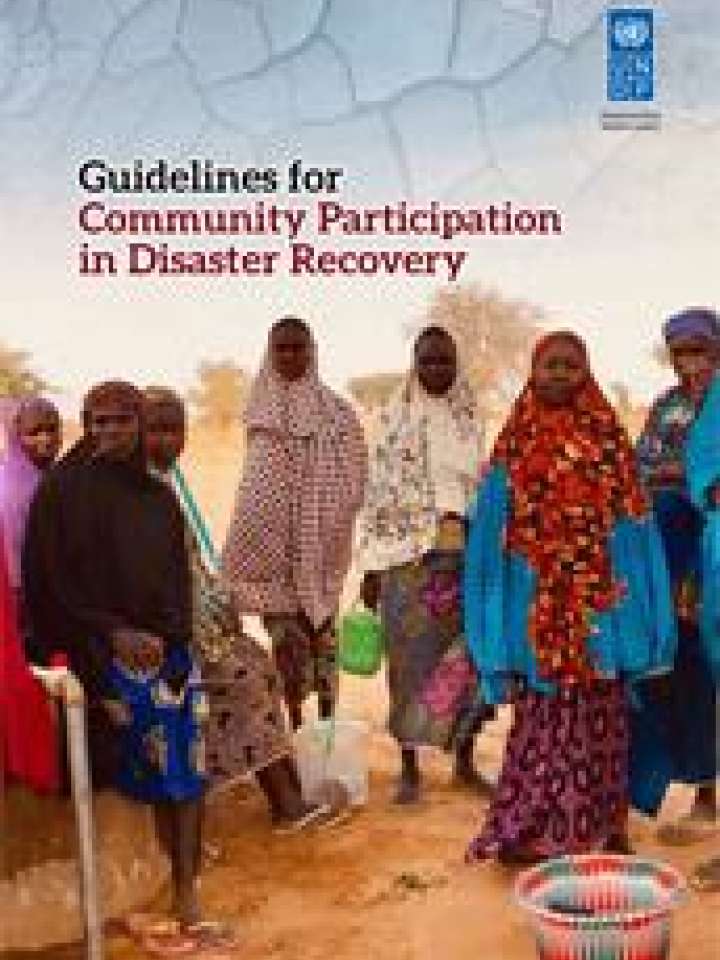Guidelines for community participation in disaster recovery
Post-disaster recovery processes are often centrally planned and implemented, and they tend to follow a top-down approach that does not engage affected communities in their own recovery process. Given that post-disaster contexts are particularly difficult environments that cause large-scale damage and human suffering, and demand speed in the delivery of humanitarian aid and recovery services, community participation can be construed as an additional time-consuming process that adds more to the challenge. Experience shows, however, that recovery interventions can be inappropriate or ineffective when communities are not consulted and involved actively in the process.
Post-disaster recovery processes need to ensure people's ability to participate in, negotiate with, influence, control and hold accountable the institutions that affect their lives during the recovery process. Participation can also enhance the effectiveness and results of post-disaster recovery. Engaging people and their communities improves the delivery and quality of the recovery programme, enhances social inclusion, and brings greater transparency and accountability.
The main purpose is to guide Governments, United Nations agencies, International NGO's, the Private Sector and other stakeholders on how to engage communities in every step of the recovery process. Ultimately the aim is to improve the quality of post-disaster recovery by promoting the active involvement of people and their communities, from the post-disaster needs assessment, to recovery planning, implementation, monitoring and evaluation.
Explore further
